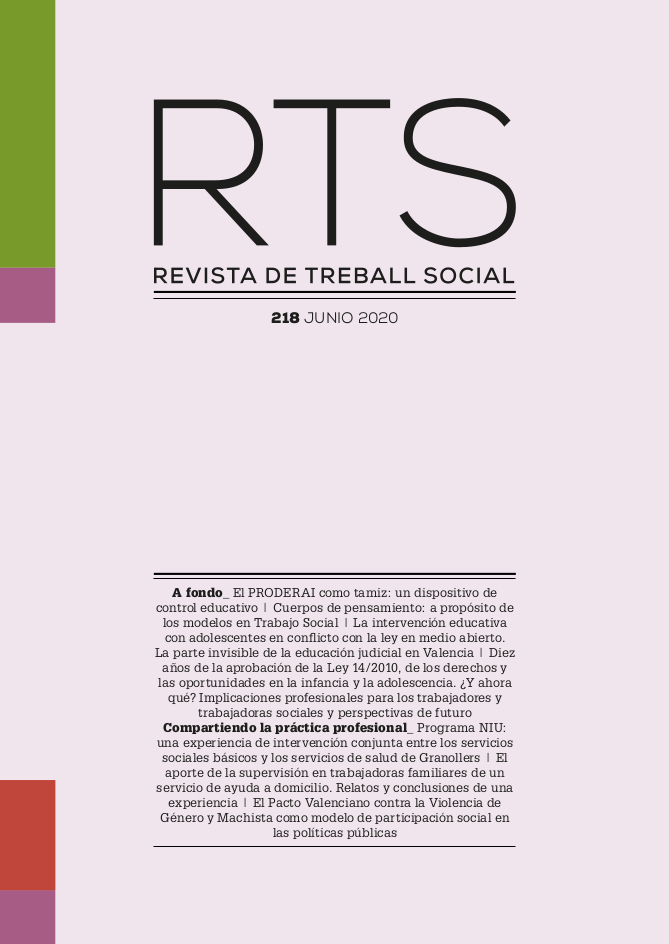This article seeks to research into the reality for teenage people in conflict with the law, as well as the efforts implemented from an open environment by the various professional teams working with said group at town councils or local associations in the province of Valencia.
The Organic Act on criminal liability of minors sets out a broad catalogue of applicable measures in open and closed environments; however, from an educational-disciplinary perspective, the interests of the minor within flexible judicial adoption of the most relevant measure must prevail based on the characteristics of the specific case and the personal development of the individual disciplined during the enforcement of the measure. Consequently, a large number of these are measures that are imposed for the development of said minors in an open environment, whereby the community and the integration of the minor in it are highly relevant. It is incumbent on public entities for protection and reform in the autonomous communities, under the inexcusable control of the juvenile judge, to enforce judicially imposed measures; accordingly, the technical staff at town councils and local associations will implement these measures working alongside the minor and, as a result, it is these entities that may offer a profile of the teenagers who are in conflict with the law following an analysis of the documentation and the group interview technique with the technical staff who carry out their professional work in the field of judicial measures.





